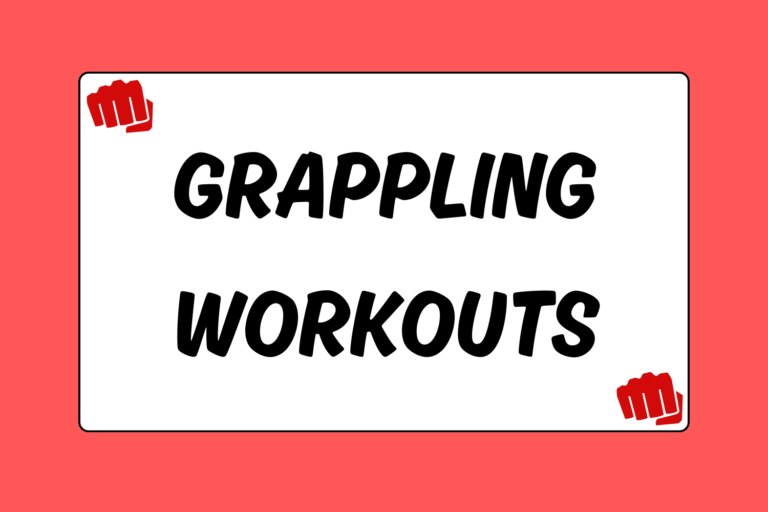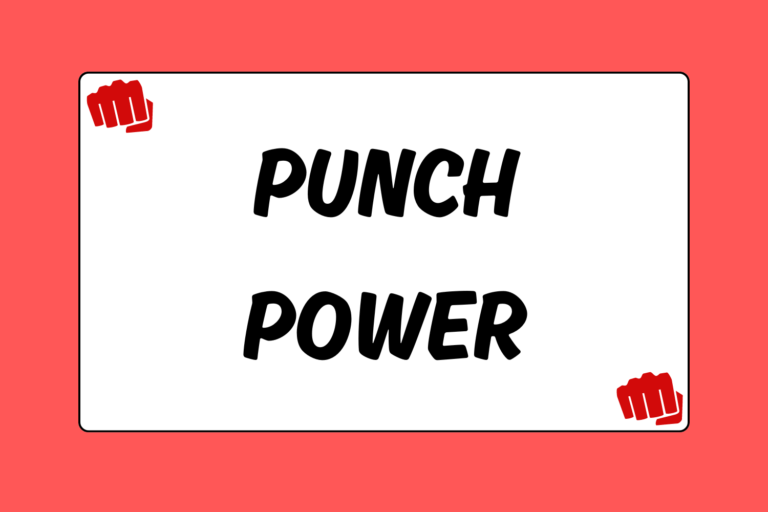If you’ve ever watched professional fighters on television training for a bout, you’ve most likely seen them “working the mitts.” Their rhythmic movements never seem to lack fluidity or precision. Comfort and grace come with practice, though.
Although sparring is the best way to improve boxing-specific skills, mitt training also has its benefits. The mitts — known as punch mitts, focus mitts, or focus pads — are used to increase hand-eye coordination and improve punching technique. Learn how to hold the mitts for a training partner by reading this boxing guide.
Training with a Partner
Training with a partner allows you to simulate situations that occur during a bout. In addition, various drills, like mitt training, can be practiced with a partner that otherwise would be impossible. Although you take turns hitting the mitts, both the holder and puncher can reap the benefits of mitt training.
Basic Tips for Holding
Here are few suggestions to keep in mind as you hold the mitts for your partner:
- Keep them tight: You want your partner to practice throwing punches to the body and head of an actual opponent, so keep the mitts close to your own head and body. Begin by holding the mitts in front of your face, turned slightly inward, about six inches apart from one another. Your elbows should remain against your body as you’re catching most punches.
- Provide resistance: You should provide resistance for your partner as you catch punches. Don’t allow your partner to knock your hands back with each punch. As each punch lands, push forward slightly. Don’t whack too hard, though! Smacking your partner’s gloves too hard could potentially hurt his hands and wrists.
- Give correct mitt position: Straight punches, like jabs and crosses, should land while the mitts are facing forward. Hooks and uppercuts, though, require that you turn the mitts appropriately. For hooks “to the head,” turn the palm of the mitt inward in front of your face. For hooks “to the body,” place your hand just above your hip with the palm facing outward. For uppercuts, turn your palm downward. Uppercuts often require you to lift your elbows slightly off your body.
- Be in command: You are in control as the holder. You and your partner should assign numbers to punches and/or combinations so that the holder can call out a number and the puncher can land the appropriate blow. By controlling the shots, you also give yourself time to brace for each incoming punch.
- Move around: Rarely in a match do fighters stand flatfooted. You stick, move, avoid punches, and stick again. Mimic a potential opponent by moving around between combinations. Also, don’t be afraid to throw a punch of your own. Your partner should hone both his offensive and defensive techniques.
Hot Tip: Body Protector
Wear a body protector during mitt sessions to make yourself more comparable to an opponent. A body protector guards your sides, ribs, and abdomen from harmful shots. Continue to call out combinations, but encourage your partner not only to work the head (with the mitts), but also the body.
Benefit as the Holder
The puncher benefits substantially from this drill, but the holder can benefit as well. In sparring sessions, everything moves so quickly that it’s often difficult to see all of your partner’s vulnerabilities. Holding the mitts, however, allows you to see openings more clearly. You are in control, so you don’t need to anxiously anticipate punches. As you call out punches and combinations, watch your opponent’s movements closely.
As your partner throws a straight right, watch the placement of his left hand. If he drops his left hand, even slightly, while throwing his right, take note and exploit this opening during sparring sessions. Likewise, watch to see if your partner keeps his chin tucked to his shoulder. If his chin flails as he throws punches, then you know that you could potentially cause damage by countering to his head.
All fighters make mistakes, so you need to look for tendencies. You significantly increase your striking IQ by becoming cognizant of potential vulnerabilities on opponents and exploiting those mistakes.
Advancing Combinations
As you spar, you will realize how many punches you can throw on an opponent before you get hit back. Your goal should be to maximize the number of punches you can land without getting hit in return. Working the mitts is a terrific way to improve combinations and punch fluidity. Continue to push yourself and your partner during mitt sessions, so that your combinations become second-nature. Practice makes perfect.





